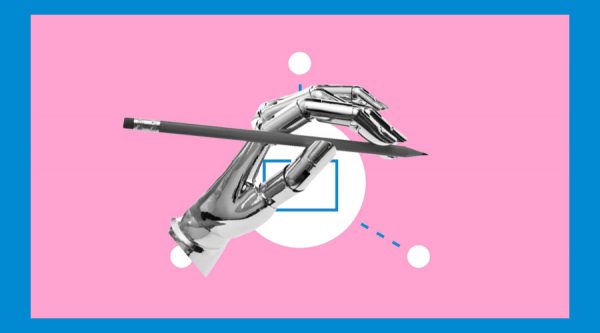There is growing fear that diabetic retinopathy could develop into an even more serious health catastrophe in the years to come given that the International Diabetes Foundation predicts that at least 700 million people will have diabetes mellitus by 2045.
According to reports, the most common cause of vision impairment in adult populations worldwide is diabetic retinopathy. More than one-third of diabetic patients may get diabetic retinopathy, according to statistics currently available.
According to a recent study, the prevalence of diabetic retinopathy is 16.9% in India. This has prompted the need for more cutting-edge methods of preventing and treating diabetic retinopathy. The application of artificial intelligence (AI) to better eye care for diabetic retinopathy patients is one possible possibility.
Artificial intelligence uses machine learning and deep learning to address problems with diabetic patients’ eyes. This game-changing breakthrough has the potential to significantly improve diabetes control.
transforming medical treatment for diabetic retinopathy
AI is transforming diabetic patients’ eye treatment in a number of ways. Deep learning has been used to improve the efficiency of screening and diagnosing diabetic retinopathy for medical professionals at a comparatively cheap cost. Through AI-based screening tools, doctors may efficiently identify and track the development of diabetic retinopathy using convolutional neural networks. With accuracy frequently reaching 92%, this screening is used to locate and diagnose probable problems on the retina.
Additionally, AI has demonstrated exceptional support for diabetic self-management. It gives patients the individualised information they require to adopt healthier lifestyles and generally maintain better tabs on the management of their diabetes. Therefore, using AI to assist self-management and as a strategic tool for providing treatment to those living in remote locations with few readily available medical specialists for routine visits.
In addition to improving diabetes care by creating algorithms that can properly predict the onset and incidence of diabetic retinopathy, among other issues, AI is also effective in monitoring diabetic retinopathy consequences.
In order to analyse social media activity, physical and mental health, and lifestyles of individuals within a geographic area or demographic population, machine learning is predominantly used in AI. This can be beneficial for regions that experience logistical difficulties, a shortage of eye specialists, or excessive healthcare facility visit costs.
Investment in AI is required both in India and elsewhere in the world to close the management gap in eye care, particularly in ways that can make managing diabetic retinopathy cost-effective, simpler, and more practical, and ultimately reduce vision loss and blindness in the nation.
India’s Orbis Approach
We have supported the use of AI to screen for and diagnose diabetic retinopathy in Rwanda and Vietnam through Cybersight, Orbis International’s digital technology, and we are expanding this ground-breaking application. In India, we are utilising technology and putting in place the infrastructure required for early diagnosis of diabetic retinopathy and the integration of eye exams into the general treatment for patients with diabetes.









